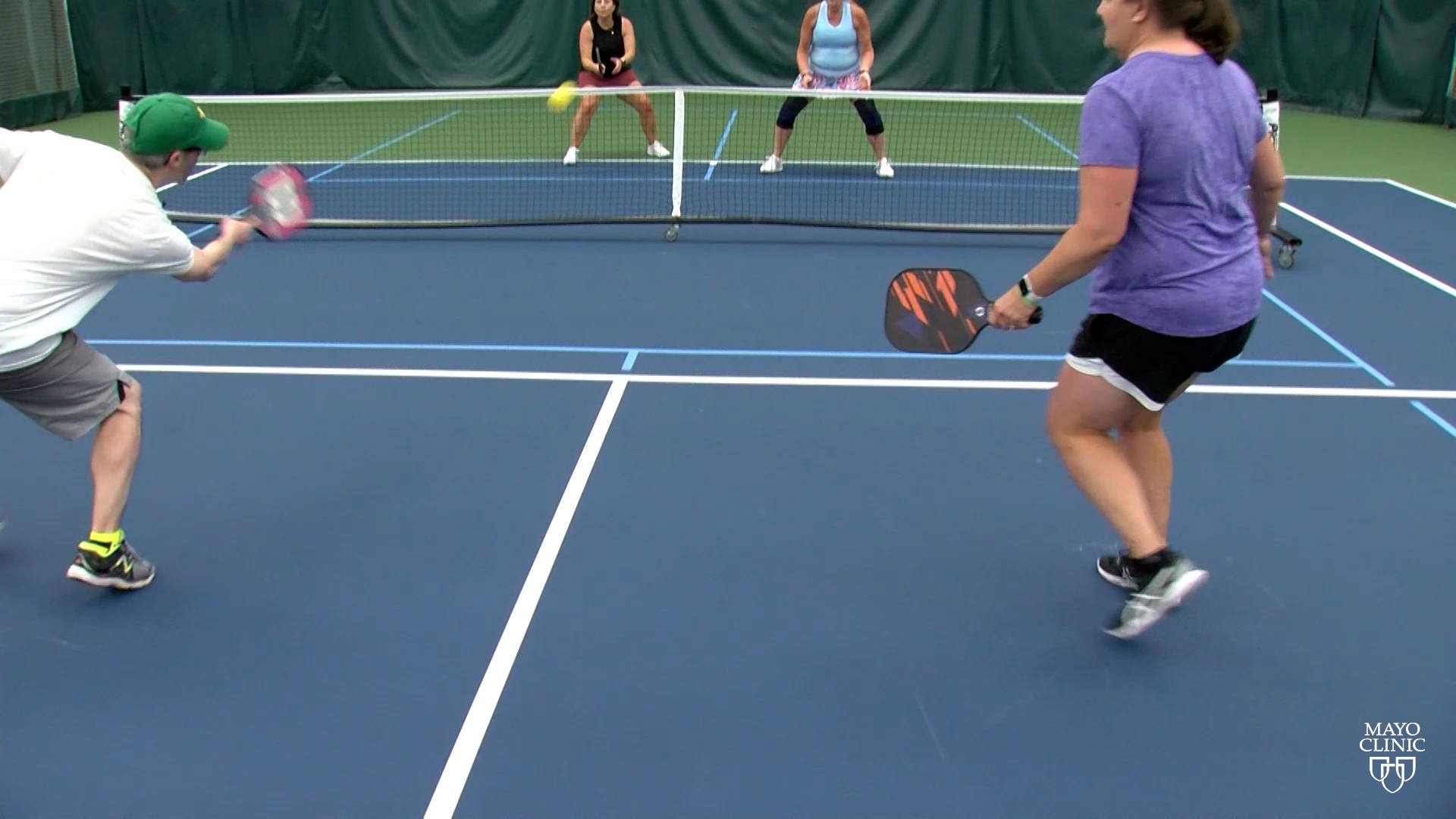Orthopedics/Sports

June 9, 2023
The game of pickleball is surging in popularity across the country. It can be played at any age and skill level. While many might assume[...]
March 26, 2013
March 18, 2013
March 11, 2013
February 22, 2013
February 7, 2013
December 19, 2012
December 19, 2012
October 3, 2012
Explore more topics
 Sign up
Sign up

Mayo Clinic Connect
An online patient support community
